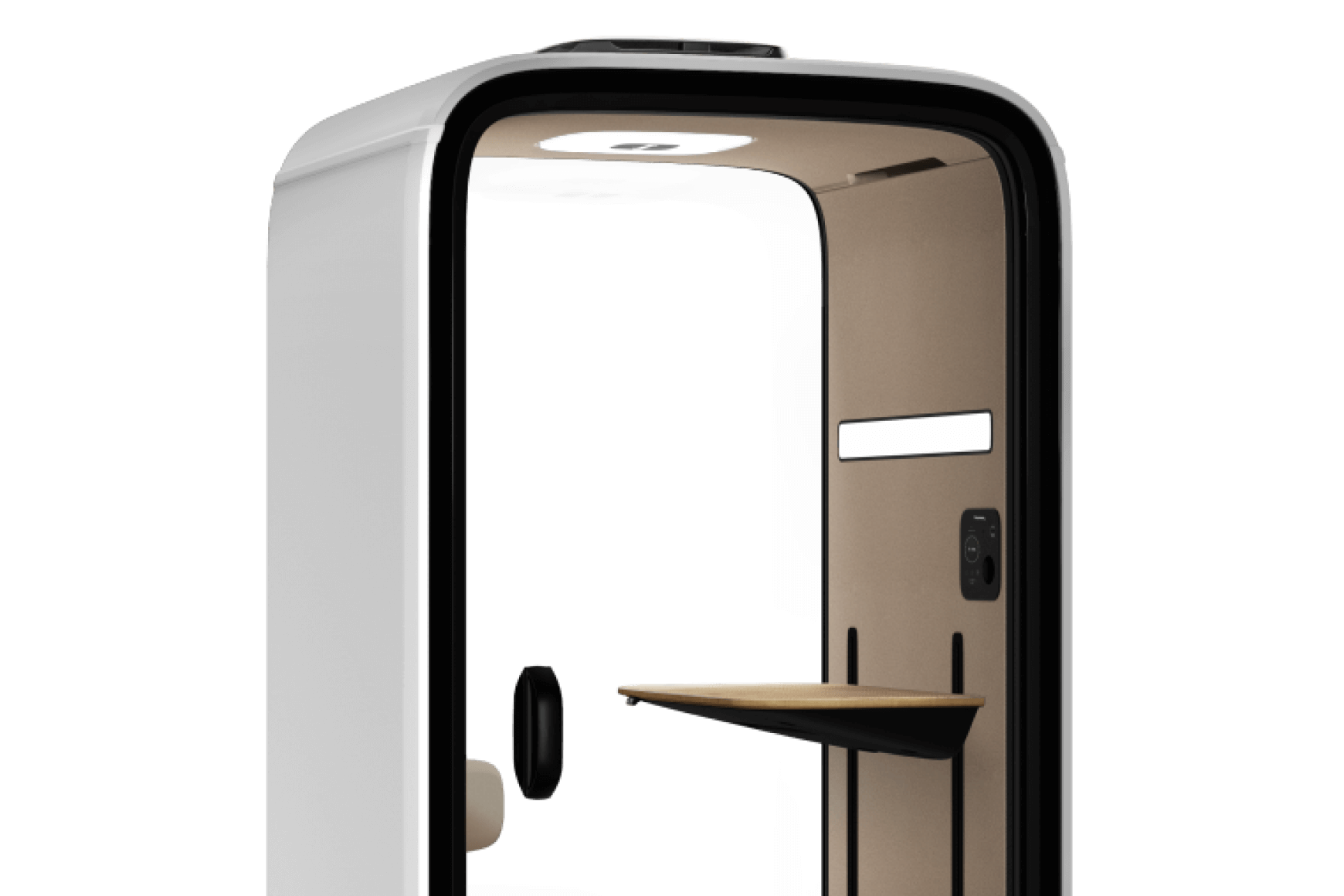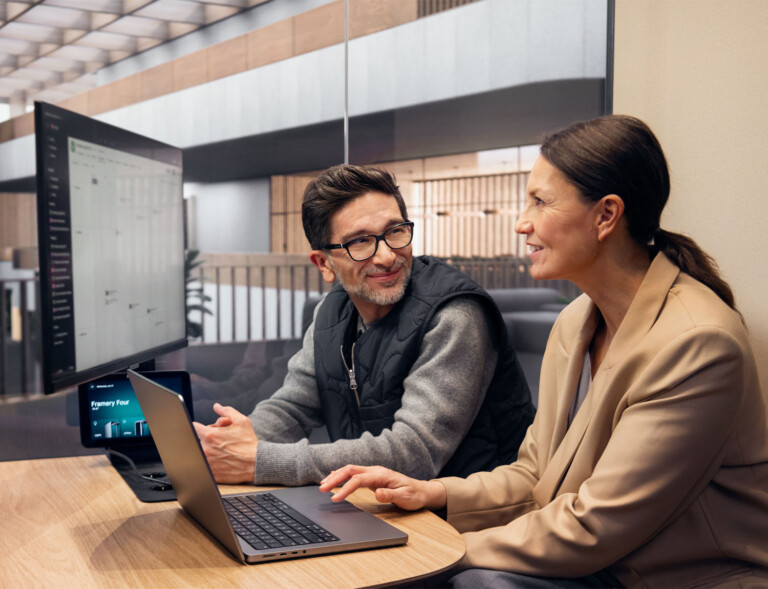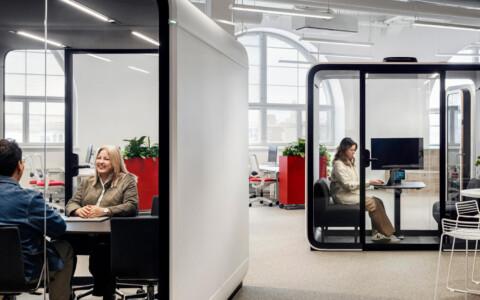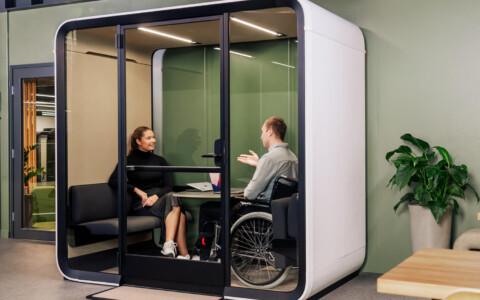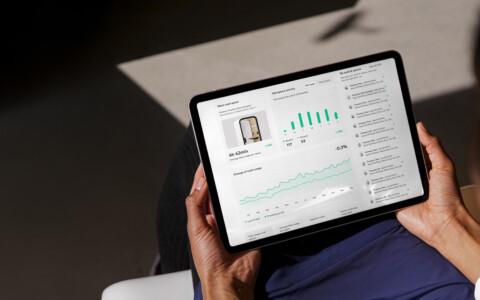Companies need flexible, private, and quiet office spaces to foster productivity, collaboration, and workplace satisfaction. Office space optimization is not just about finding ways to fit more people into the same space – it also requires the right information to guide the office layout. Together with the right tools, offices can collect actionable data to optimize and get the most out of their limited office space.
Key highlights
- Office space optimization is essential for creating an environment that fosters productivity, collaboration, and employee well-being.
- Rather than maximizing occupancy, space optimization involves designing spaces catering to different work needs and private, distraction-free work.
- Leveraging real-time office data enables companies to continuously improve their workspace layout and ensure that the office space is utilized effectively and meets employee needs.
Why does optimizing space matter?
Before looking to improve the efficiency of existing office space, it is worth asking what the ultimate goal is and how to achieve it. Office space optimization should be more than just fitting as many desks as possible into a single confined space. Rather, it is an employee-centric practice promoting efficiency, collaboration, and well-being at work.
An optimized office space balances different areas that are dedicated to specific workplace tasks, including open spaces for teamwork and private areas for focused work. However, ensuring that every square foot is used effectively is easier said than done. The effects of harmful office noise can be difficult to avoid in an open office.
Space optimization is an employee-centric practice that promotes efficiency, collaboration, and well-being at work.
Moreover, many offices are ill-equipped for the demands of hybrid work and remote meetings. As nearly all meetings have at least one remote participant, offices need sufficient technology and spaces for hybrid meetings to accommodate people working from home.
Improved and flexible space utilization
Office space optimization is most effective when the layout of a workspace is flexible and allows relocating workstations or rearranging dedicated, task-specific areas. Unfortunately, companies can wake up to the challenges of fixed meeting rooms and private workspaces only when adjustments to the office floor plan are needed.
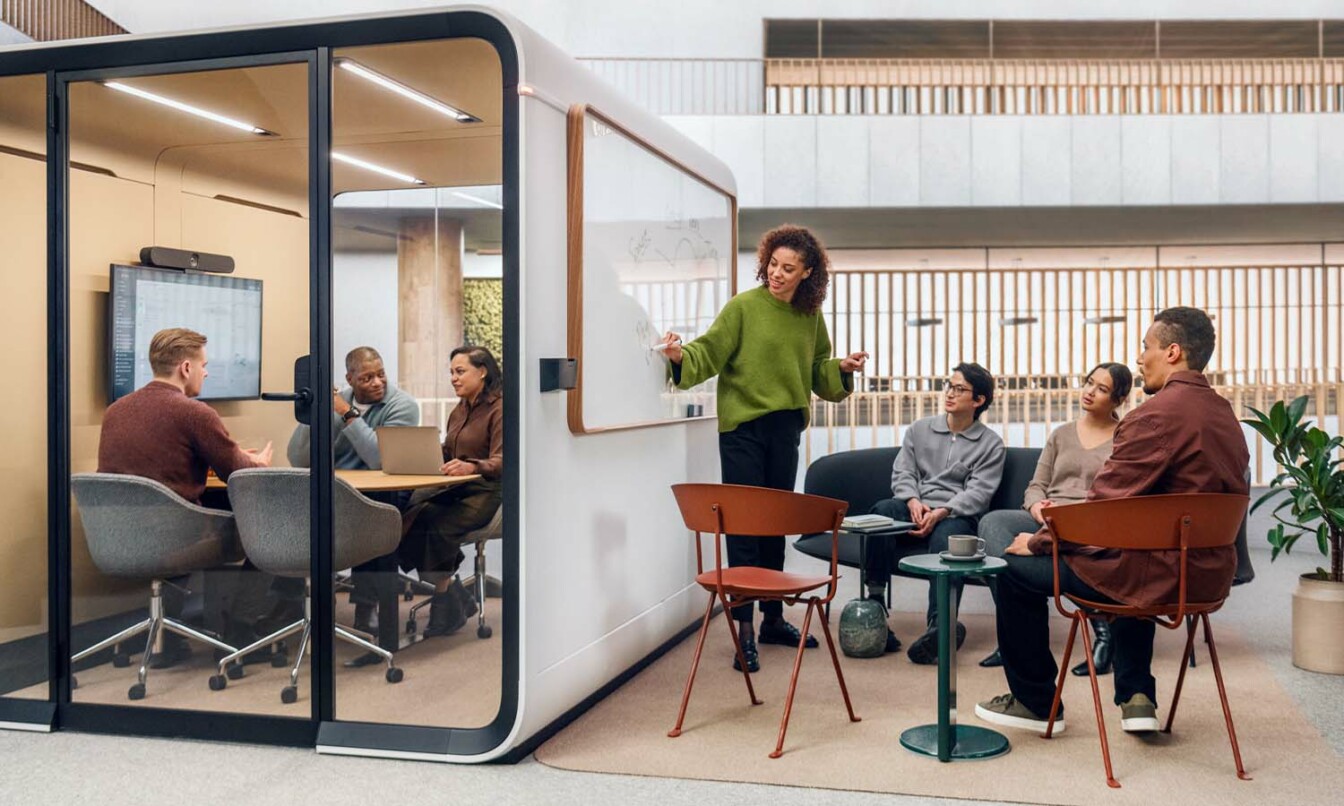
As an alternative, a modular office space design enables flexible rearrangements to enhance space utilization without extensive office renovations. Office pods and meeting booths fit right into any modular office space with their customizable and portable design. Furthermore, pods and booths with advanced soundproofing can be placed anywhere in the office without compromising acoustic privacy inside the pods. Framery office pods and booths achieve 30 dB of speech level reduction and can therefore be placed exactly where they are needed – even near workstations and in noisy open areas. Framery’s world-class soundproofing makes the pods perfect for focused work, confidential meetings, or simply taking a break from the noise.
Explore all Framery pods
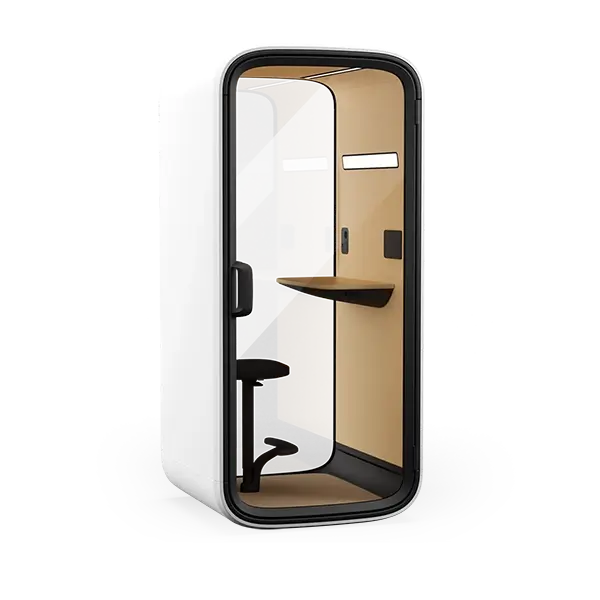
Benefits of space optimization
The benefits of space optimization are not limited to just more efficient use of available real-estate resources, as it also improves the experience of individual employees and cost savings, leading to enhanced productivity and smoother operations.
Enhanced employee productivity
Lack of privacy and distractions, such as office noise, can greatly hinder productivity and employee satisfaction. Employee-centric office space optimization improves overall operational efficiency and promotes well-being at work.
Data-driven decisions
Collecting data about how the office is used should not be done just for the sake of gathering data. Rather, it should inform how the office space is designed and optimized when the data reveals inefficiencies in its use. Offices can do this with occupancy sensors that collect data for the needs of analytics tools, such as the Framery Connect™. As a result, companies gain valuable insights into how and when the pods are used and ensure they are meeting employee needs effectively.
Explore Framery Connect
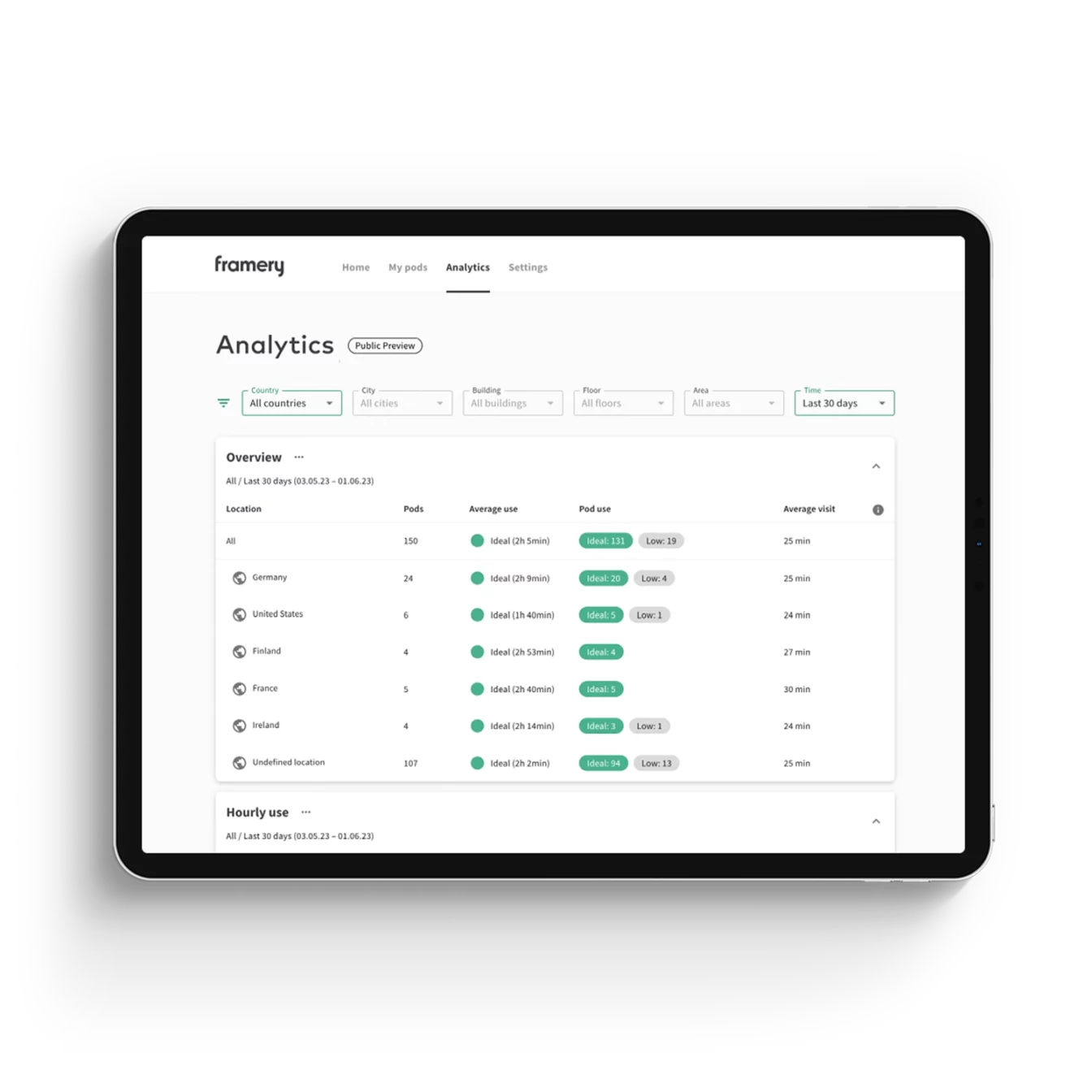
Flexible office design
Not every task requires the same type of workspace. By integrating office pods, you ensure that employees have access to a variety of work environments. Whether someone needs a private space for a phone call, a small meeting room, or a place to escape for deep work, these pods provide the necessary flexibility.
Efficient use of office space
Space optimization aids companies in their aim to “rightsize” their offices. This entails not just the quantity of office space but also its quality. Therefore, office space optimization is more than just finding ways to minimize the amount of square footage per employee.
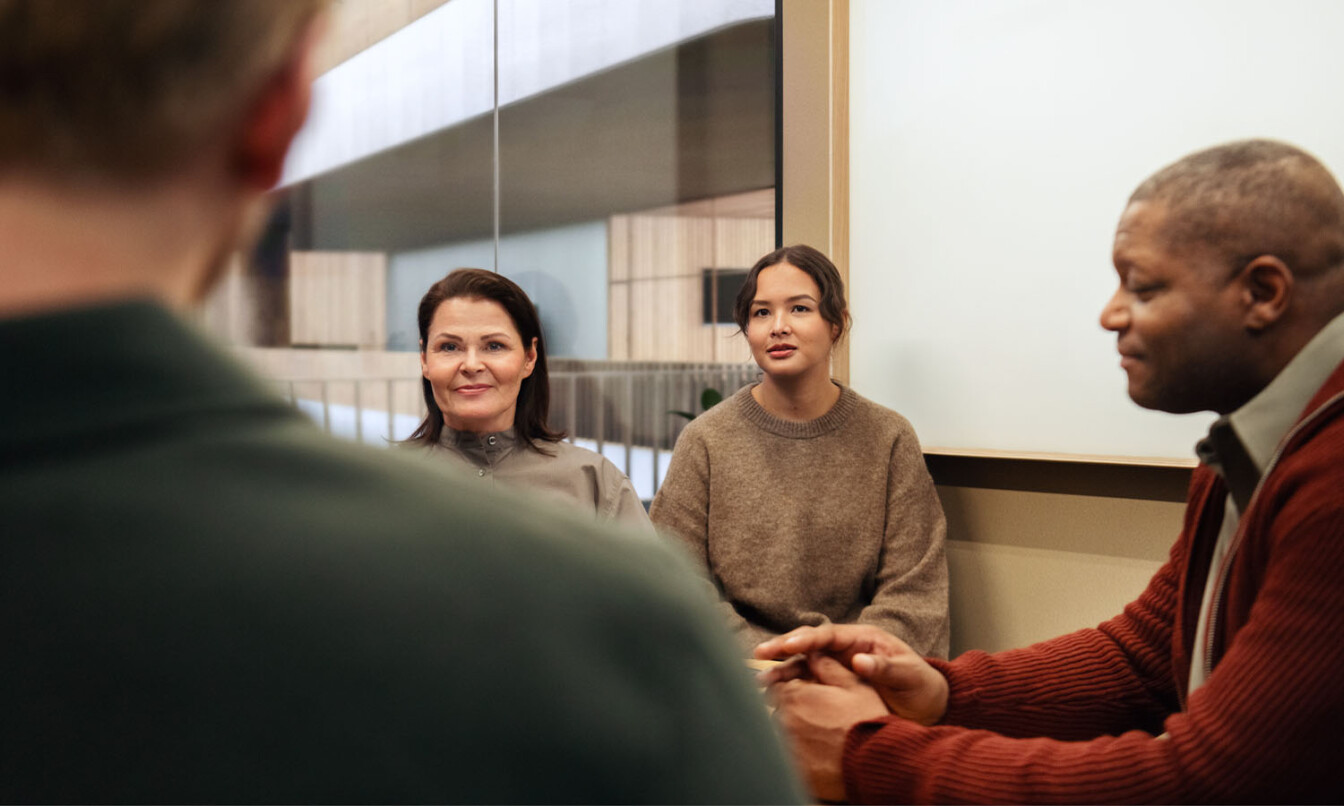
Ease of access and availability
Employees should not spend their days looking for available office pods or meeting rooms in the event of an ad-hoc phone call or an unexpected video call. Integrating the office space with the workplace calendar makes it simple to book meeting spaces in advance and check their availability in real-time.
Instead of having only oversized conference rooms or single-person pods, companies can use their office space efficiently by providing enough different-sized meeting spaces for big and small groups.
With the Framery App™, connected pods, booths and meeting rooms are easy to book via the workplace calendar whenever and wherever you are.
Explore all Framery App™
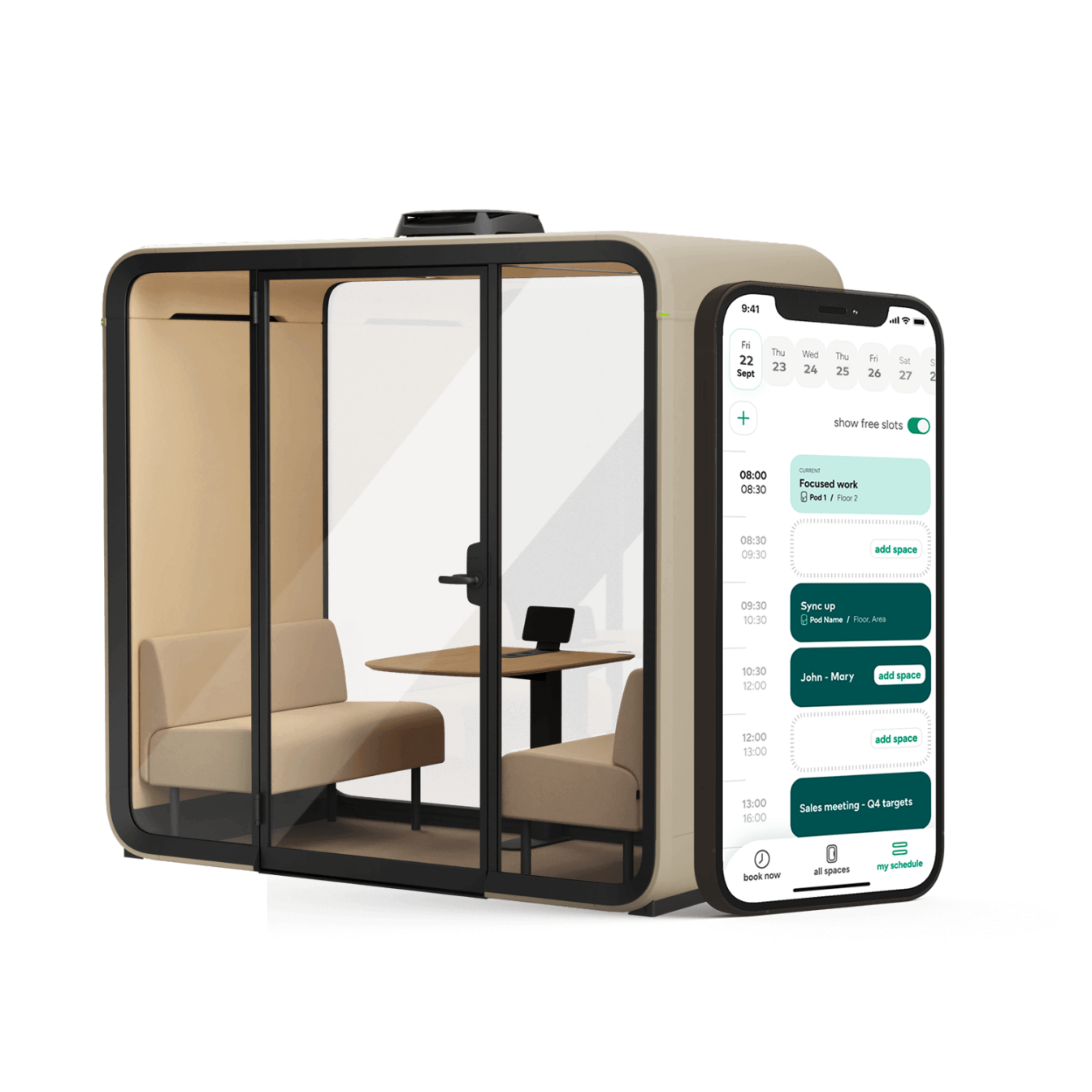
Office space optimization for better workdays
Framery pods promote employee productivity and well-being with private, distraction-free spaces for in-person and hybrid meetings. Keep these things in mind when planning the office and optimizing existing space:
- Pod placement: Place pods in areas where they are needed and used the most. For instance, near open-plan areas to provide quick access to quiet spaces or near meeting rooms for impromptu discussions.
- Usage metrics: Smart office pods are connected and can collect insights across the office. Reliable usage data is a requirement for informed office space optimization.
- Number of pods: The right number of pods promotes productivity and privacy across the office when there is always a pod available. Place one pod in each working area to meet basic privacy needs.
- Different use cases: As a survey by Leesman shows, regardless of the type of seating arrangement at the office (assigned or unassigned), employees think that workplace design is important for their work experience. Furthermore, employees value variety in the office arrangement, which offers a variety of spaces to choose from and facilitates different types of activities.
- Pod size: Different pods meet different needs, including remote meetings, face-to-face discussions, in-person collaboration, and relaxation. Choose pods in different sizes and layouts to promote a versatile and efficient work environment.
- Availability: Make it easy for employees to check which pods are available and book them as needed. The right number of bookable and non-bookable pods ensures employees can find a private space when needed.
- Accessibility: Consider the needs of employees with disabilities and what are the requirements of office design. All employees benefit from accessible office design, not only those who need it the most.
To learn more about using office pods to design and optimize office space, download our full Pod Placement Guide.
Smart technology for office optimization
Space optimization does not entail only the physical environment. Instead, to optimize existing space, companies need reliable, real-time data on how different areas of the office are used in everyday life.
Without actionable usage and occupancy data, office space optimization is based solely on guesswork.
Framery Connect arms companies with data and analytics of office space utilization, including insights on which office areas are at full capacity and when. With the Framery Connect Sensor™, you can connect every meeting room at the office to collect space utilization data.
Explore Framery Connect Sensor™
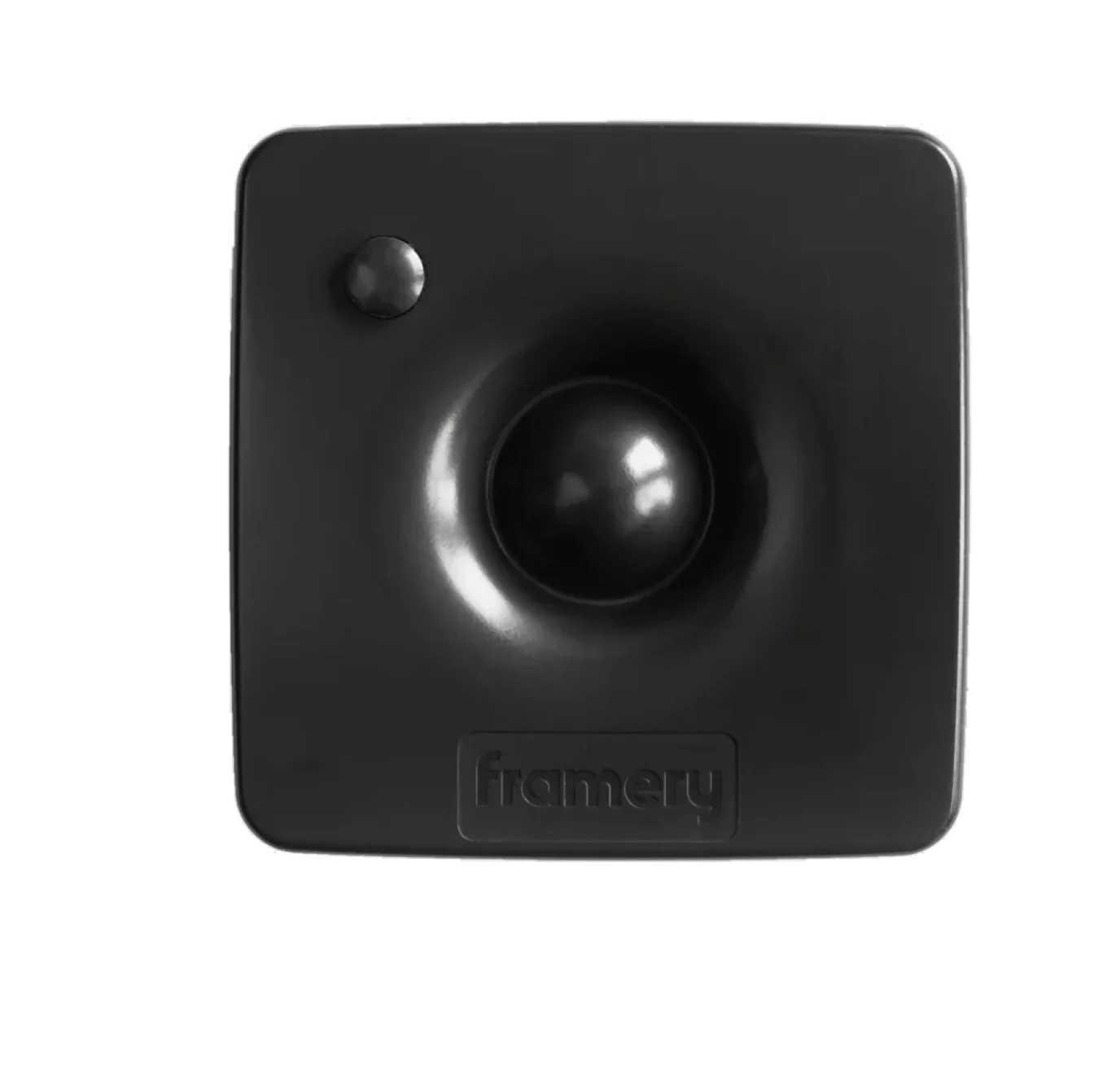
FAQ about office space optimization
How can offices utilize existing space more efficiently?
Some key factors to consider include the type of work being performed, the need for collaborative and private spaces, and the flexibility of the office layout. A well-functioning office space can adapt to changing needs, accommodate different work activities, and provide easy access to necessary resources, such as soundproof meeting rooms.
What is the role of data in space optimization?
Real-time office data provides insights into how different workspace areas are used. For example, occupancy sensors and analytics tools can reveal which spaces are underutilized or overcrowded, removing the guesswork from decision-making about design choices.
How many office pods are needed to optimize office space?
How much space is needed depends on the type of work and employees’ unique needs. When optimizing office space with modular office pods and booths, consider providing one single-person pod and one meeting pod for every working neighborhood of 6–12 workers. Based on the specific needs of different departments and teams, incorporate a buffer of additional pods to ensure sufficient meeting spaces are available at all times.
Get started today
Design your own
Customize your pod and make it your own with our pod configurator.
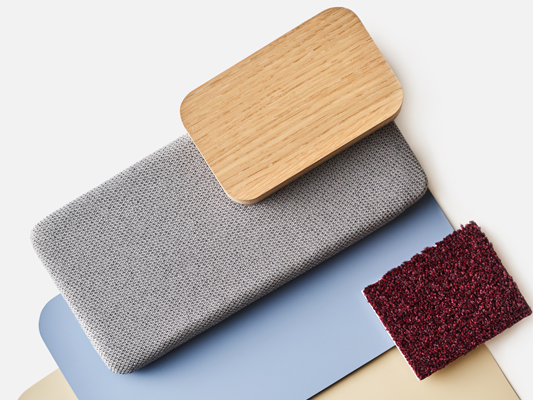
Get a quote
Find your nearest representative to hear about pricing and get a quote for your project.
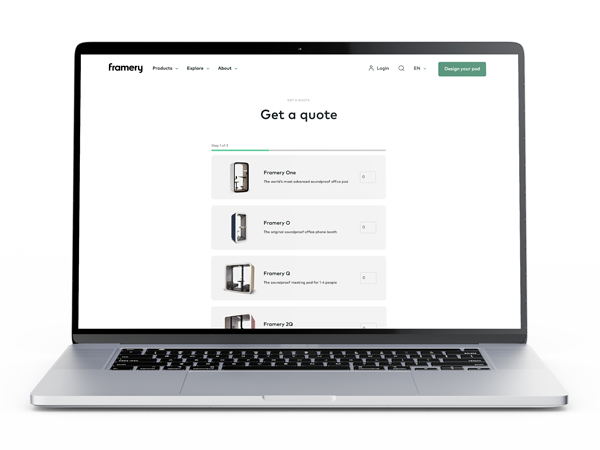
Try a pod
Visit one of our global showrooms to try any of our Framery pods for yourself.
